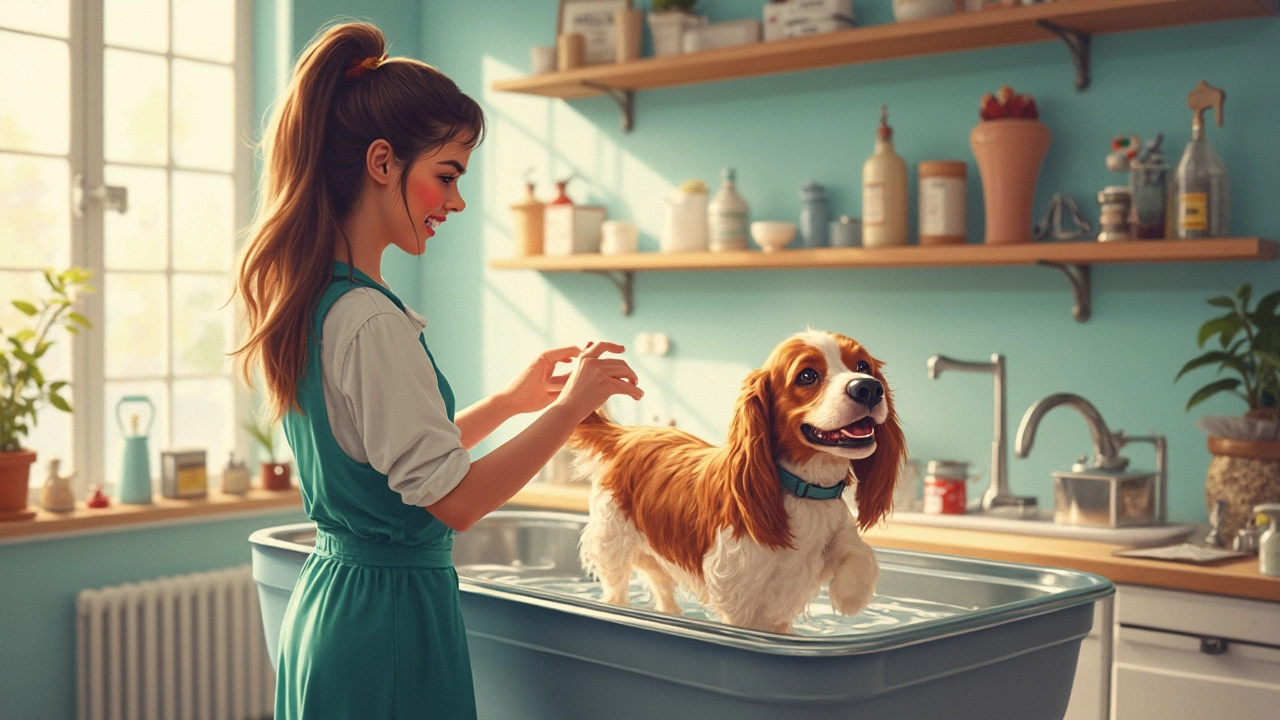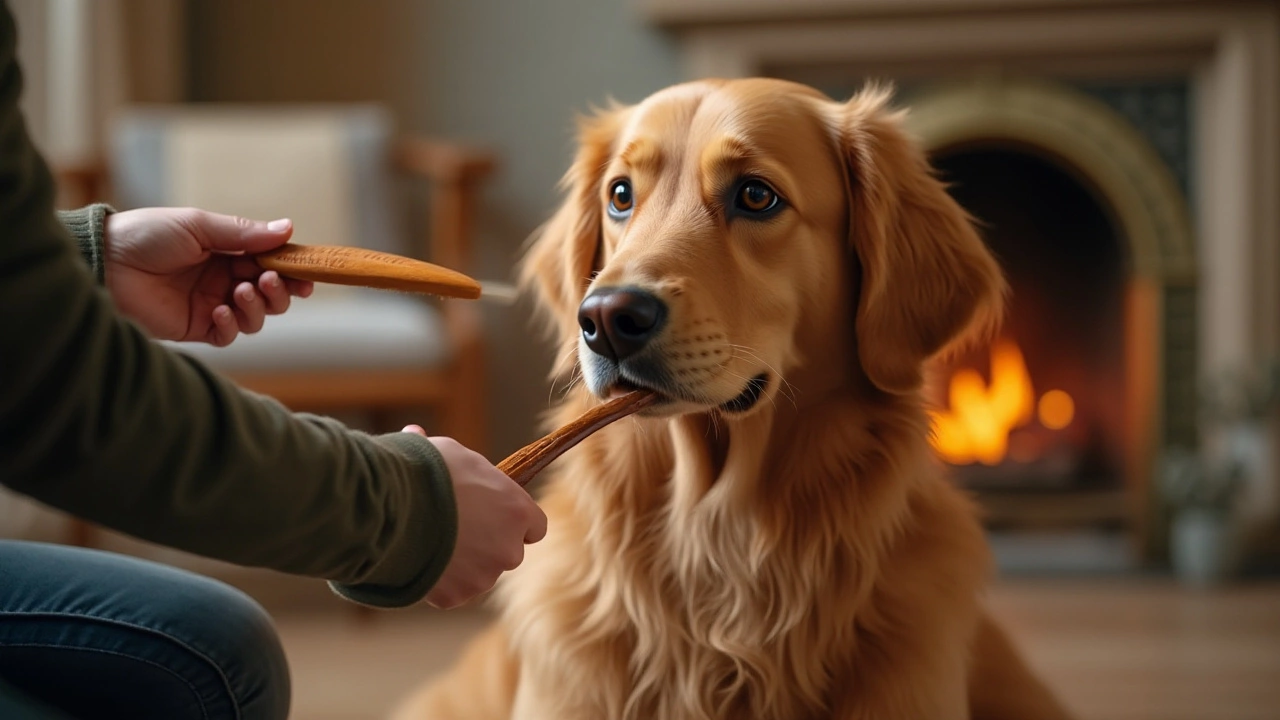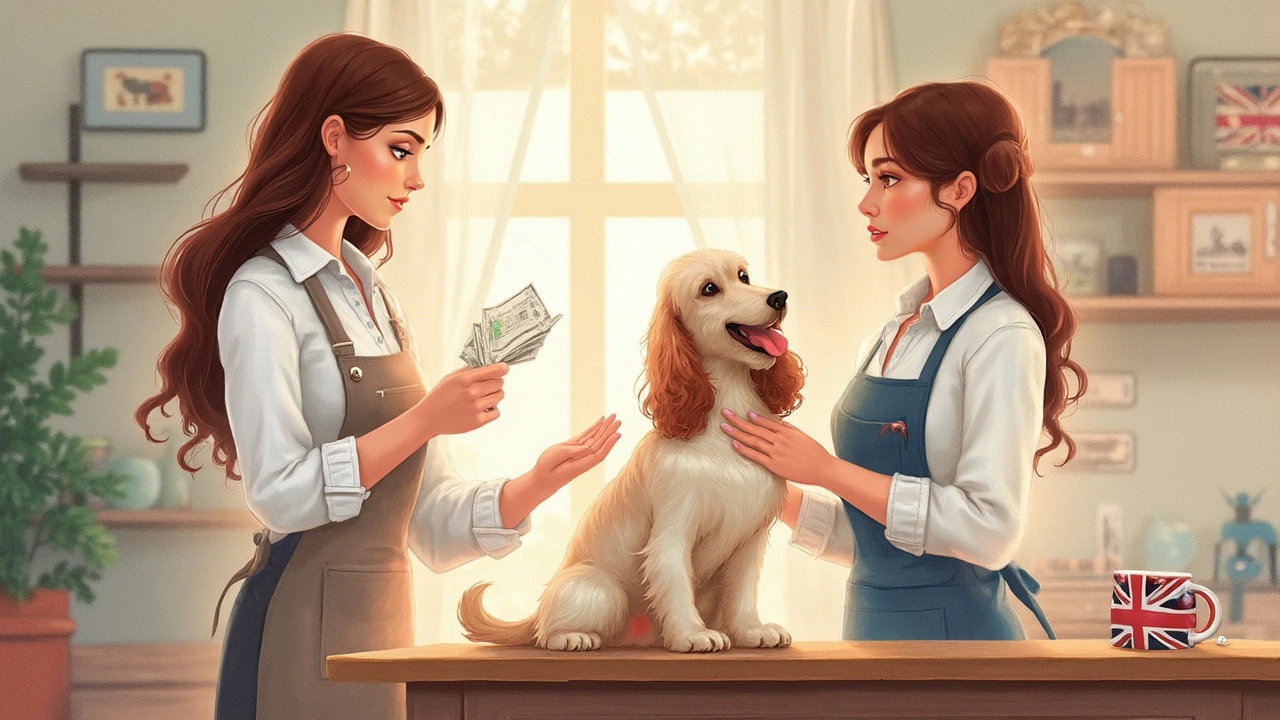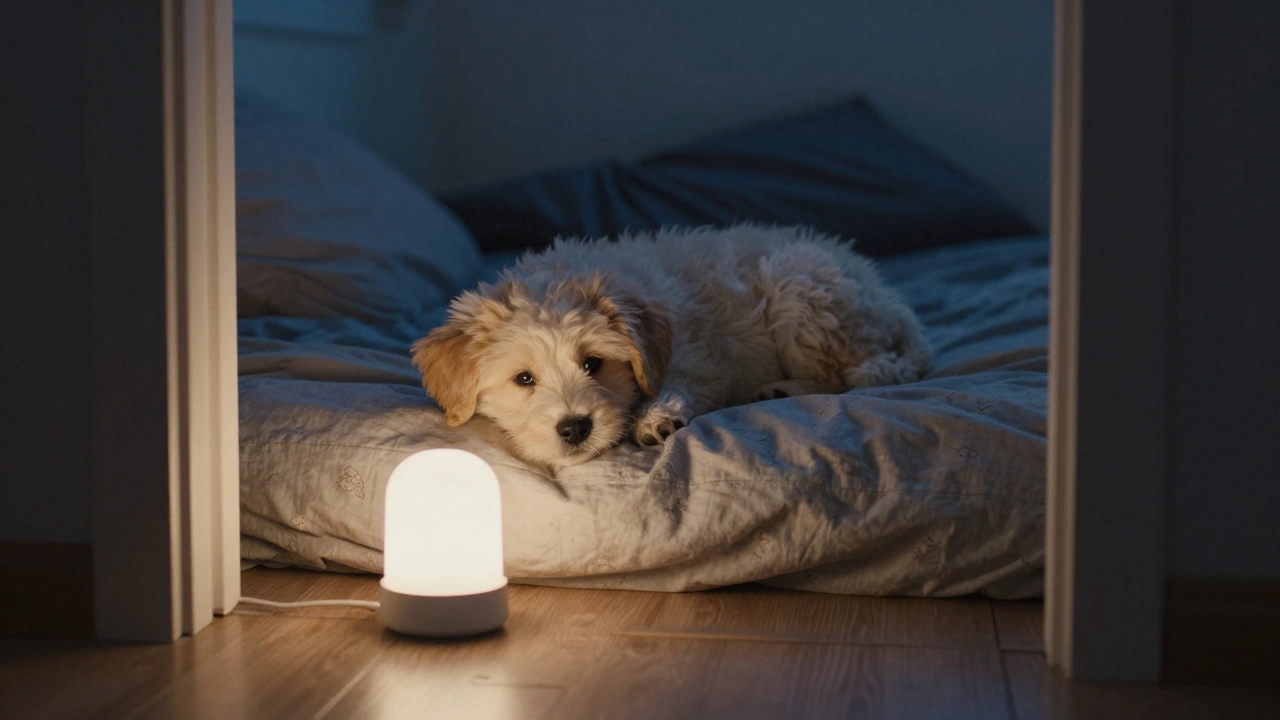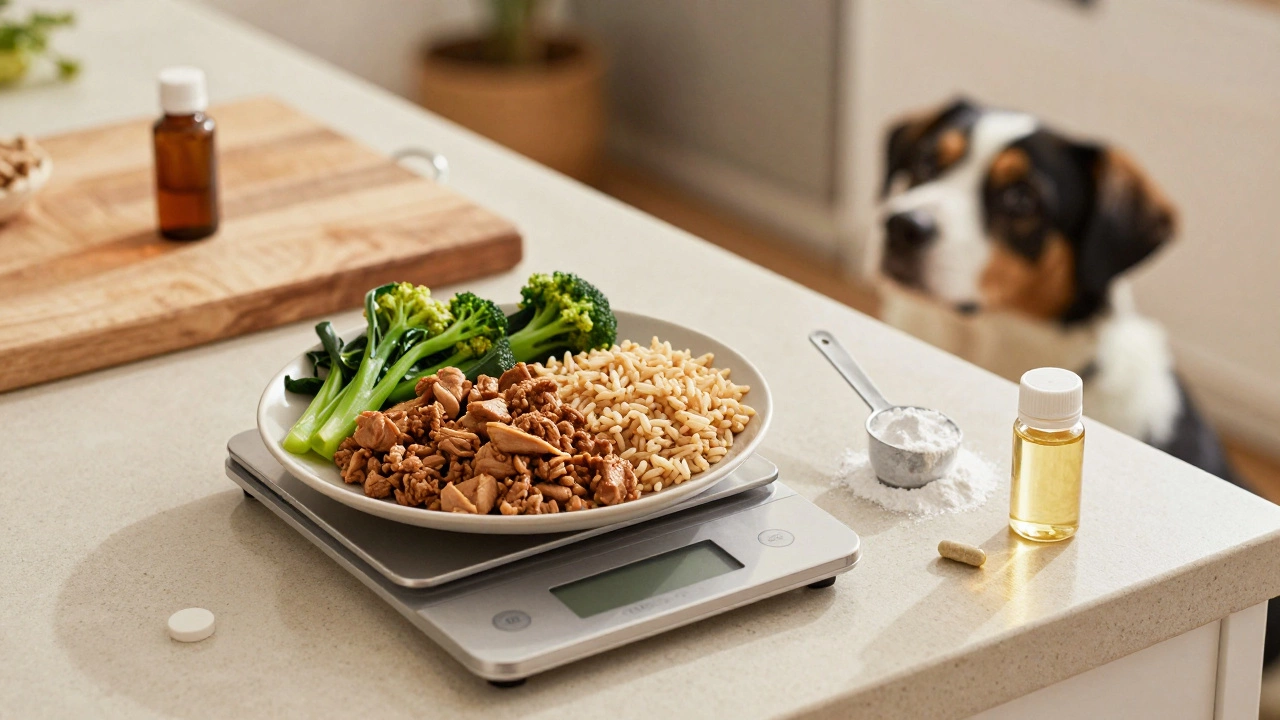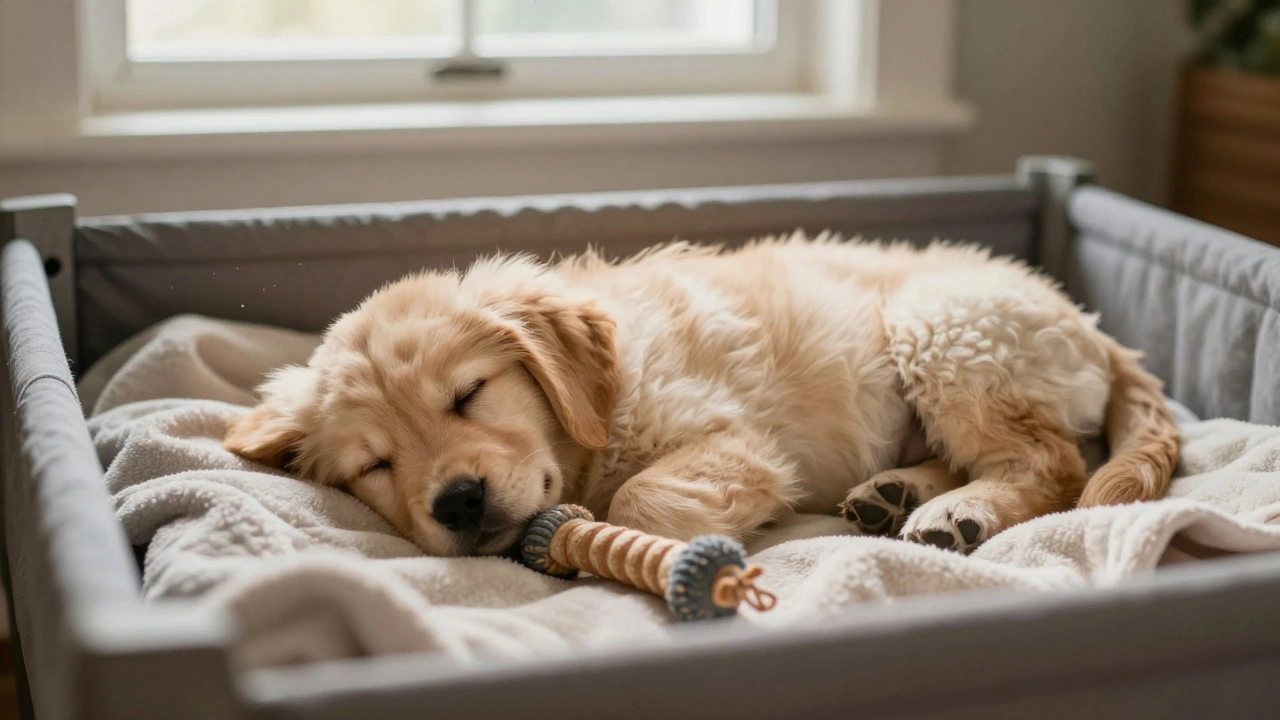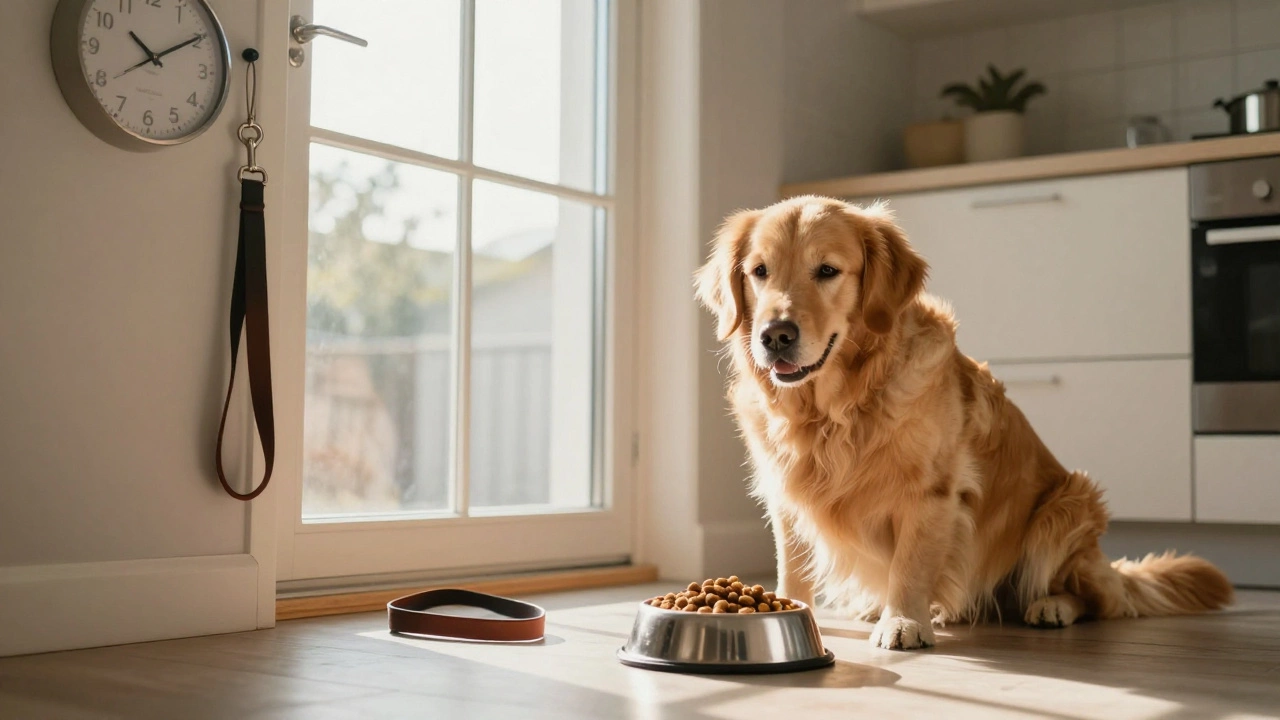Alright, so you find yourself staring at your shaggy pup and wondering, what do professional groomers do first—wash or cut? It’s a common question among pet owners, and the answer can actually make a big difference.
Most groomers start with a wash, but why? Well, it’s quite simple and practical, really. Washing helps remove all the dirt, debris, and loose hair, so they can achieve a cleaner cut. Imagine trying to style your own hair without washing it first—yikes! Plus, washing helps in spotting any skin irritations or issues that may need special attention.
After the bath, comes the fun part—the haircut. Some groomers might switch up the order depending on the dog's condition. If a pooch is heavily matted, a trim first might be in order to avoid discomfort during the wash.
- The Basics of Dog Grooming
- Wash or Cut: What Comes First?
- Why the Order Matters
- Tips for a Better Grooming Experience
- Safety Measures to Consider
The Basics of Dog Grooming
When it comes to dog grooming, it’s all about keeping your furry pal healthy, comfortable, and looking good. Grooming is more than just a cosmetic thing—it’s a necessary part of pet care. But what exactly goes into grooming?
Regular Brushing: The First Step
Daily or weekly brushing is a must, depending on your dog's breed and hair type. Regular brushing helps to remove loose hair, dirt, and, most importantly, prevents those pesky mats and tangles that can eventually lead to skin problems. Plus, it’s a great bonding time for you and your dog.
Bathing: Keeping It Clean
Most dogs don’t need a bath more than once a month, but this can vary if your dog loves rolling in mud or has skin issues. Choose a gentle shampoo to maintain a healthy coat and skin. Bath time is crucial in preventing flea infestations and infections.
Nail Trimming: Don’t Skip It
Trimming your dog's nails is as important as keeping their coat pristine. Overgrown nails can cause pain and lead to trouble walking. A good rule of thumb is to trim every 3 to 4 weeks. If you hear clicking on the floor, it's definitely time.
Ear and Teeth Care: Essential but Overlooked
Ear checks should be part of the grooming routine. Look out for redness or foul smells as they might indicate an infection. Don’t forget dental care; regular brushing helps prevent tooth decay and gum disease, just like in humans.
Laying down a routine based on these tips ensures your dog stays happy and healthy. If you’re unsure of anything, a trusted groomer is just a call away, ready to offer advice and professional pet care.
Wash or Cut: What Comes First?
In the world of dog grooming, there's a specific rhythm professionals follow, and understanding it can make a world of difference for your furry friend. Generally speaking, the washing part takes the lead, and there's a good reason for that.
Washing first removes all the grime, loose fur, and mats, providing groomers with a clean slate to work on. Think about how much easier it is to manage your hair when it’s freshly washed as opposed to dirty and tangled. The same logic applies to your pet's fur. With a thorough wash, you not only get a deeper clean but also help your pup smell fresh and feel fantastic.
However, there are exceptions. If your dog's fur is extremely matted or tangled to the point where a bath would cause pain, a cut might come first. Trimming down these trouble spots can make the washing process more comfortable for your pet.
When to Change the Routine
Groomers might tweak this routine based on individual pet care needs. For puppies or rescue dogs that might be anxious, some might opt for a dry cut to minimize stress. But for a healthy adult dog, washing usually takes precedence.
Pros and Cons of Washing First
Let’s break it down simply:
- Pros: Easier detangling, minimizes dirt in clippers, and alerts groomers to any skin issues.
- Cons: Could be uncomfortable if the dog has heavy mats or sensitive skin.
Even with these considerations, most experts agree that a fresh wash is the ideal prelude to a successful grooming session.
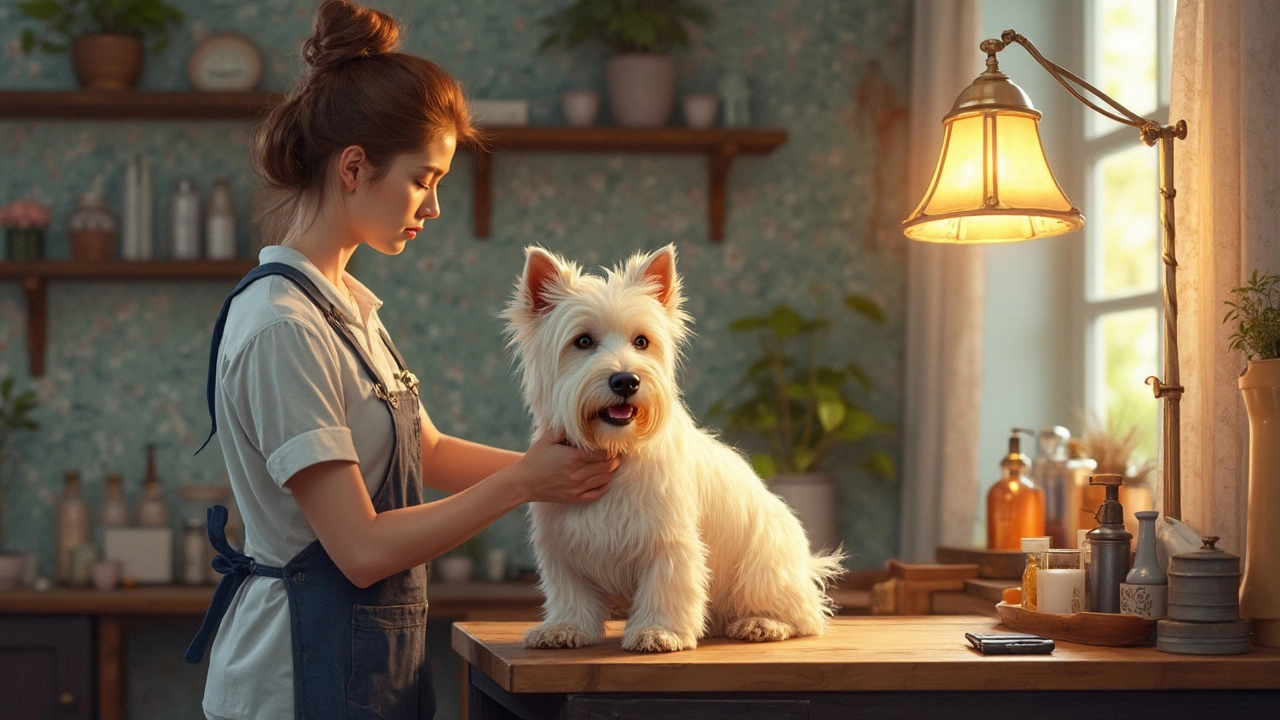
Why the Order Matters
So, let's dig into why pros choose to wash before they cut. It might seem like a trivial decision, but it's actually a matter of comfort, hygiene, and efficiency. Ever tried cutting a dirty mop of hair? It's not fun, and it can lead to uneven cuts and disgruntled clients—which are two things groomers want to avoid!
Comfort for Your Pup
The main reason why groomers prefer to wash first is all about making your furry friend's experience as comfortable as possible. Washing removes all that gunk and grime your dog brings in from all those backyard adventures. Less dirt means less tugging and pulling when it's time for the cut. This ensures a smoother, more pleasant experience for your pooch.
Hygiene Comes First
From a hygiene perspective, getting rid of any nasties that might be hiding in your dog's coat before cutting is essential. Bathing first helps in spotting any potential skin problems, infections, or ticks that could go unnoticed otherwise. Clean fur means groomers can focus on giving your pet the best cut without having to worry about spreading dirt around.
Efficiency Boost
Believe it or not, washing first actually saves time in the long run. It helps groomers see the dog's natural coat texture and any areas that might need more attention. Plus, it makes the fur easier to manage and style, providing cleaner and more precise cuts.
Different dog grooming salons might have their own preferences, especially with very matted dogs or those with special requirements. Some might even shave before washing to avoid the dreaded wet matting, which can tighten once soaked and make the pup uncomfortable.
| Grooming Step | Importance |
|---|---|
| Wash First | Removes dirt, improves haircut quality, ensures comfort |
| Cut After | Cleaner cut, precise styling, efficient process |
The next time you visit a groomer, you'll know exactly what's happening behind the scenes and why it matters for your little buddy's overall grooming experience.
Tips for a Better Grooming Experience
Want to make visits to the dog groomer smoother for your furry buddy? Whether you're new to dog grooming or a seasoned pet parent, a little prep can go a long way in keeping your pup happy and healthy.
1. Get Them Used to Handling
One top tip is to get your pet comfortable with being touched, especially sensitive areas like paws, ears, and tail. Regular at-home massages or gentle brushing can go a long way. The more familiar they are with being handled, the less anxious they’ll be during grooming sessions.
2. Choose the Right Groomer
It’s not just about convenience. Find a groomer who matches your pup's needs. Some pooches prefer a quieter environment, while others are okay in busier salons. Asking for recommendations from fellow pet owners might help you find the perfect match.
3. Timing is Everything
Pick a time when your dog is naturally relaxed. A groom post-playtime might be more successful than a first-thing-in-the-morning visit when they're full of beans. Consider your dog’s routine and set them up for success.
4. Communicate with Your Groomer
Don’t be shy to bring up specific needs or habits your pet may have. The more your groomer knows, the better the service. For instance, letting them know if your dog’s ears are sensitive can prevent discomfort and ensure they’re gentle in that area.
5. Regular Grooming at Home
Between appointments, regular batting and pet care are essential. A quick brush or a wipe-down can go a long way in keeping your dog looking fresh and cutting down on the amount of work the groomer needs to do. Plus, it helps to keep those nasty tangles at bay!
6. Reward System
Pups love a good treat, so why not associate grooming with rewards? Before and after the grooming session, give them a treat or two to reinforce positive behavior.
| Grooming Tip | Benefit |
|---|---|
| Home Brushing | Reduces shedding by up to 90% |
| Massaging | Relieves pet stress levels significantly |
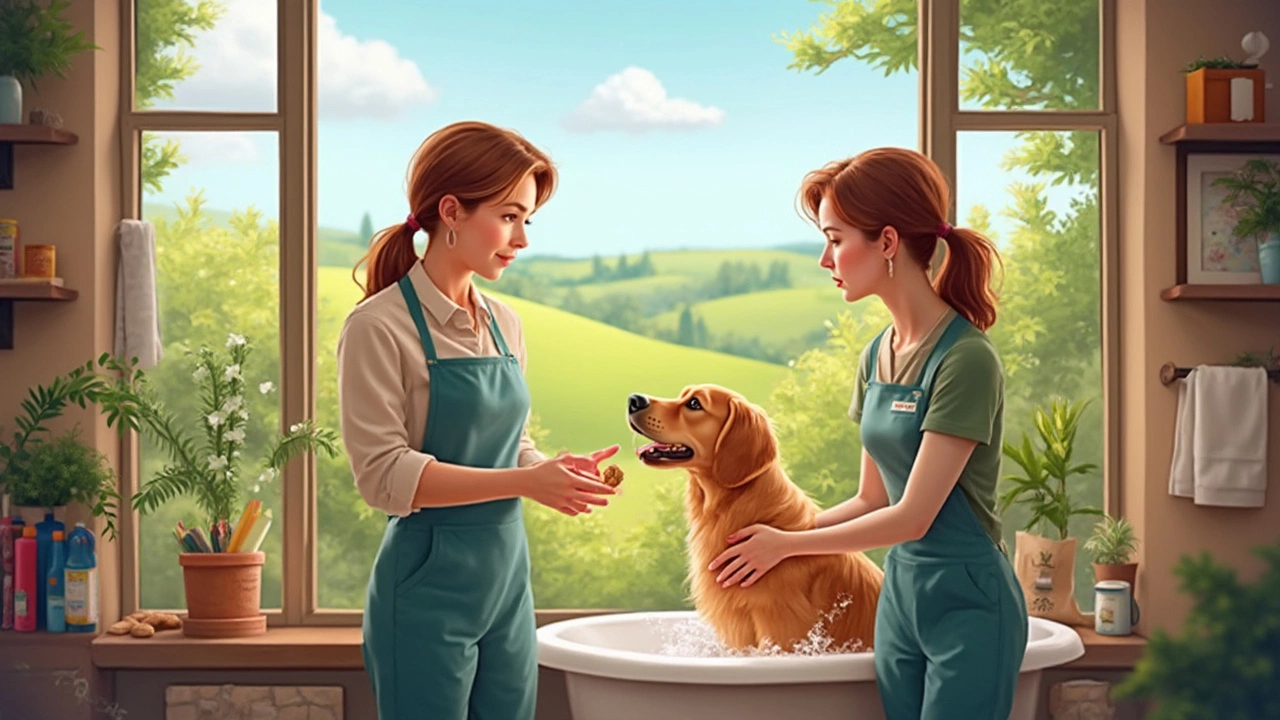
Safety Measures to Consider
When it comes to dog grooming, keeping things safe is a top priority. After all, the goal is to make your furry friend look and feel great without any hiccups. So, what safety measures should you be aware of?
Choose the Right Salon
Before anything else, do your homework on local groomers. Check reviews, ask for recommendations, and maybe even pop in for a visit. You want a place where the staff is knowledgeable, experienced, and, most importantly, dog-loving.
Preventing Grooming Mishaps
Once you’re at the salon, there are a few things that keep sessions smooth. First up, informing the groomer of any sensitivities or allergies your dog might have. This helps in avoiding nasty reactions from grooming products.
- Check for Certification: Many groomers are certified by professional organizations. This means they've undergone training to handle pets safely.
- Clean Equipment: Make sure the tools are sanitized. This reduces the risk of infections.
- Temperature Matters: Ensure the water used for washing isn’t too hot or cold as dogs are sensitive to temperature changes.
Keep an Eye on Anxiety Levels
Grooming can be stressful for some pups. Signs of anxiety like excessive panting or hiding should be taken seriously. A good groomer will pick up on cues and adjust their approach to help your dog relax.
Post-Grooming Care
Once the grooming is done, check for any cuts or nicks. It shouldn’t happen, but if it does, have a pet-safe antiseptic handy. A soothing balm for paw pads can be a nice touch too, especially after nail trims.
Remember, a safe grooming experience isn’t just about avoiding mishaps. It’s also about creating a positive environment where your dog can thrive. These little steps make sure your pet care routine stays worry-free and happy.

